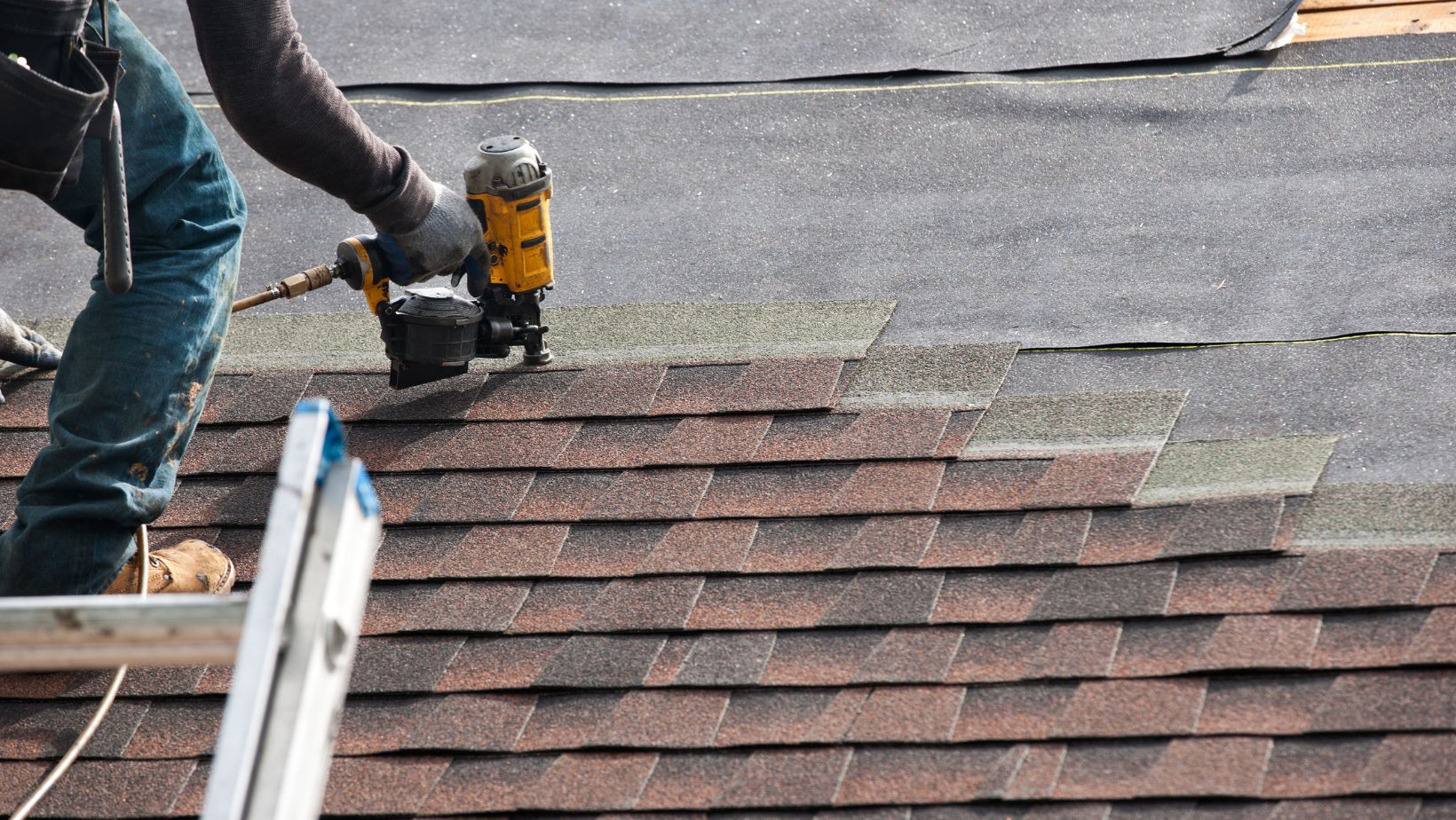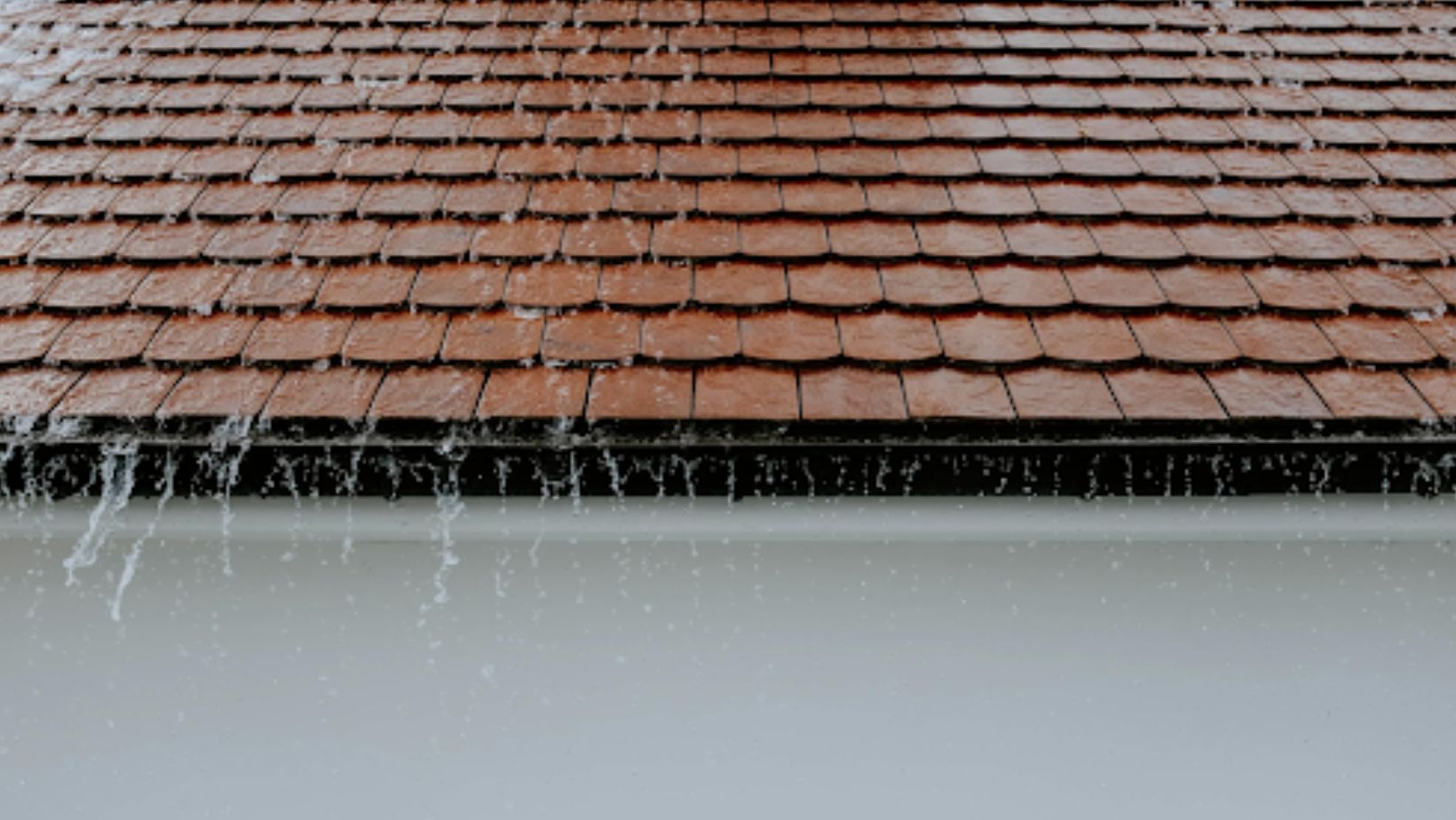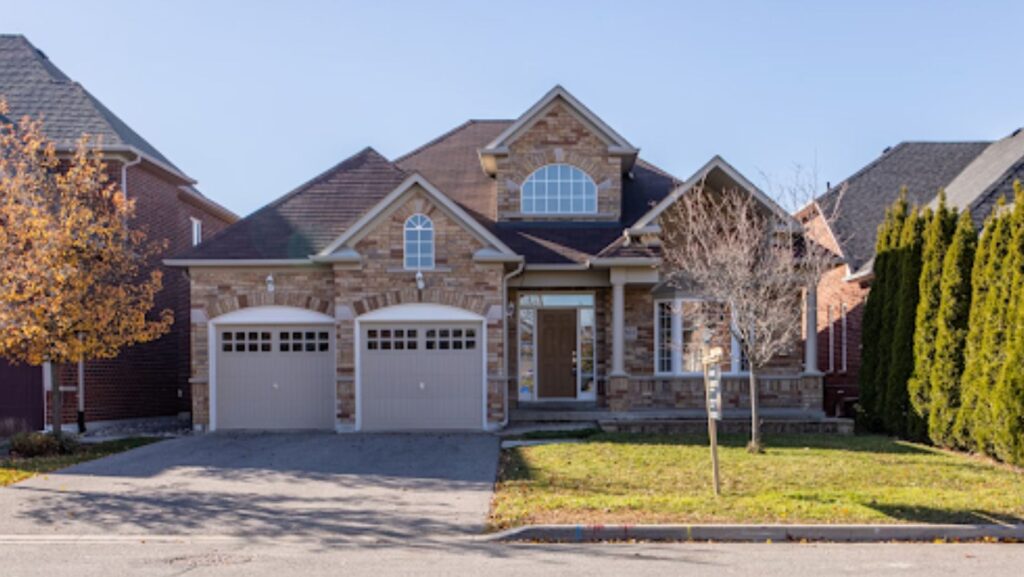Your roof protects you and your belongings from the elements, contributes to energy efficiency, and plays a key role in your property’s curb appeal. A roof is a significant investment, and the materials you choose will impact how well it performs over time. By understanding the factors that influence roofing material selection, you can make informed decisions that suit your specific needs and ensure your home remains safe and secure for years to come.
Assessing Your Climate and Environment
The first thing you should consider when selecting roofing materials is your local climate. In areas prone to heavy rain, materials like metal or asphalt shingles with excellent water resistance are ideal. If you live in Florida, consulting with the roofers at steadfastroofingfl.com can help you get a roof that withstands tropical storms. Conversely, in regions with intense sunlight and heat, clay tiles or slate can reflect sunlight and provide natural insulation. Think about the extremes of your weather, such as hail or snowstorms, and ensure the materials you choose can withstand these challenges.
If you live in an area prone to high winds or hurricanes, look for materials with a high wind resistance rating. Metal roofs, for instance, are highly durable under these conditions. Always consult local building codes and guidelines to ensure compliance with safety standards.
- Urban pollution can also impact roofing longevity, so selecting materials with coatings designed to resist grime buildup can help.
- Consider the impact of natural disasters – if you live in a wildfire-prone area, choose fire-resistant materials like metal, slate, or treated tiles.
Being proactive about environmental factors can save you from costly repairs or replacements down the road.
Evaluating Material Longevity and Durability
Asphalt shingles, while affordable, typically last 20 to 30 years. In comparison, metal roofs can last up to 50 years or more, while clay tiles and slate can endure for a century with proper maintenance. While longer-lasting materials may have a higher upfront cost, they often prove to be more cost-effective in the long run.
If this is your forever home, investing in a more durable material like metal or slate can pay off over time. On the other hand, if you’re planning to sell, a well-maintained asphalt roof can still appeal to buyers without a hefty price tag. As for maintenance:
- Metal and slate roofs require minimal maintenance, while materials like wood shingles need regular treatment to prevent rot and insect damage.
- Asphalt shingles fall somewhere in the middle, requiring periodic inspections to address curling or missing pieces.
- If you prefer a low-maintenance option, metal or composite shingles might be the right choice.
Proper upkeep ensures your roof reaches its full lifespan, regardless of the material.
Balancing Cost and Quality
Asphalt shingles are among the most affordable options, making them a popular choice for budget-conscious homeowners. However, their shorter lifespan means you may need to replace them sooner, which can add to the overall cost over time.

Materials like metal or clay tiles may have higher upfront costs, but they require fewer replacements and lower maintenance expenses. Investing in quality materials can save you money in the long term, especially if you plan to stay in your home for decades.
Investigate Energy Efficiency Benefits
Certain roofing materials can contribute to lower energy bills by improving your home’s insulation. For example, reflective metal roofs can reduce cooling costs in hot climates, while well-insulated slate or clay tiles can help retain heat in colder regions. These savings can offset the higher initial investment, making energy-efficient materials a smart choice for eco-conscious homeowners.
- Prioritize materials that offer the best balance between affordability, performance, and longevity.
Considering Aesthetics and Architectural Style
For instance, clay tiles are perfect for Mediterranean or Spanish-style homes, while slate adds elegance to traditional or colonial designs. Metal roofs, with their sleek finish, work well for modern and industrial aesthetics.
Keep in mind that the color and texture of the material also influence curb appeal. Lighter shades reflect heat and can make your home feel more spacious, while darker tones add depth and sophistication. Select colors that blend harmoniously with your home’s exterior.
Account for Neighborhood Trends
If most homes in your area feature asphalt shingles, a metal or slate roof might stand out – for better or worse. While it’s great to express your style, staying within the general tone of the community can enhance your home’s market value.
Consider local homeowner association (HOA) regulations. Some HOAs have strict guidelines regarding roofing materials and colors, so verify the rules before making your decision.

Choosing the right roofing materials is a crucial decision that impacts your home’s durability, energy efficiency, and overall appeal. By considering factors like climate, durability, cost, aesthetics, and sustainability, you can select materials that meet your needs and align with your priorities. Take the time to evaluate your options carefully, and you’ll enjoy the benefits of a durable and reliable roof for years to come.
